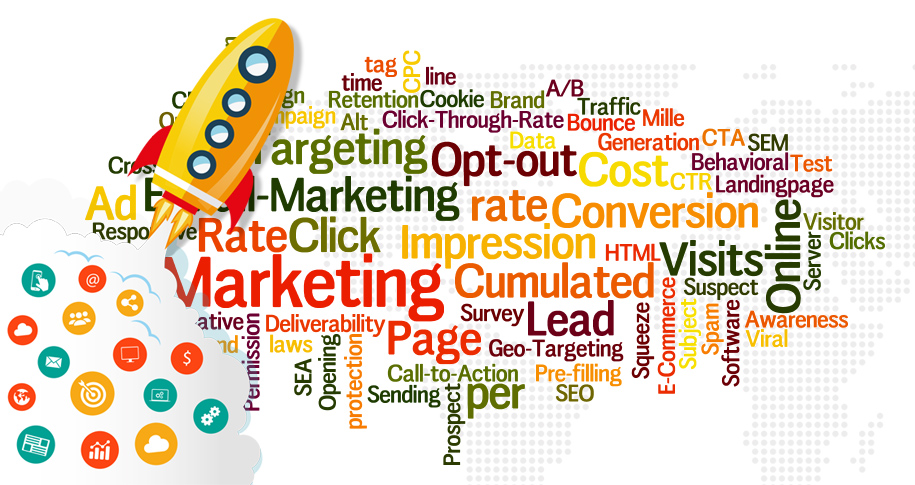What Is a Landing PageWhat Is a Landing Page?
A landing pag... More?
A landing pageWhat Is a Landing Page?
A landing pag... More is a standalone web page specifically designed to capture a visitor’s information or encourage a specific action. Unlike regular website pages, landing pages are created with a singular focus, aiming to convert visitors into leads or customers by directing them to take a defined action.
Why Are Landing Pages Important?
- Focused User Experience
- Landing pages offer a clean, distraction-free experience. They are designed to present just enough information to persuade visitors to take the desired action, whether it’s filling out a form, subscribing to a newsletter, or making a purchase.
- Example: A product page offering a discount code for first-time buyers, with a CTA that says “Get Your 20% Off.”
- Higher Conversion Rates
- By removing unnecessary navigation and streamlining content, landing pages are optimized for conversion. Visitors are more likely to complete a form or purchase when they aren’t distracted by other links or offers.
- Example: Using a focused landing pageWhat Is a Landing Page?
A landing pag... More for a special promotion increases the likelihood of visitors clicking the CTA.
- Campaign-Specific Customization
- Landing pages are tailored to specific marketing campaigns, making it easier to track success and refine strategies.
- Example: A paid Google AdsWhat Is Google Ads?
Google Ads (forme... More campaign might link to a unique landing pageWhat Is a Landing Page?
A landing pag... More promoting a seasonal sale, helping marketers gauge the effectiveness of the ad.
- Lead Capture and Data Collection
- Landing pages are ideal for gathering leads through forms where visitors enter their contact details in exchange for valuable content, such as an eBook, webinar access, or a free consultation.
- Example: A service provider offering a downloadable guide in exchange for an email address.
- Supports A/B TestingDefinition
A/B Testing, also known as... More- Marketers can test various elements of landing pages, such as headlines, images, or CTAs, to determine which version converts the most visitors.
- Example: Testing a red button versus a green button for the CTA can provide insights into color psychology and conversion rates.
Best Practices for Creating an Effective Landing PageWhat Is a Landing Page?
A landing pag... More
- Compelling Headline
- The headline should clearly communicate the value propositionWhat is a Value Proposition?
A value ... More and grab attention. It should be short, clear, and promise something of value. - Example: “Get Your Free Guide to Mastering SEO!”
- The headline should clearly communicate the value propositionWhat is a Value Proposition?
- Concise Content
- Provide only the essential details. Keep the content straightforward and to the point, ensuring visitors can quickly understand what they are being asked to do.
- Example: Bullet points or short paragraphs work well to break up information without overwhelming the visitor.
- Clear and Visible Call-to-Action (CTA)
- A strong, visible CTA should guide the visitor toward the next step, whether it’s to sign up, buy, or learn more. Use action-oriented language like “Download Now,” “Join Free,” or “Get Started.”
- Example: Make the CTA button stand out by using contrasting colors and clear language.
- Minimal Distractions
- Limit navigation links and other distractions to keep visitors focused on the action you want them to take.
- Example: Consider a full-screen landing pageWhat Is a Landing Page?
A landing pag... More that hides the website menu to avoid distractions.
- Mobile Optimization
- With an increasing number of visitors using mobile devices, it’s essential that landing pages are fully responsive, ensuring that the design adapts to smaller screens and offers a seamless experience.
- Aesthetically Pleasing Design
- A clean and visually appealing design enhances user trust and improves conversion rates. Consistent branding and high-quality images should be used to build credibility.
When to Use Landing Pages
- Paid AdvertisingDefinition
Brand awareness is the ext... More Campaigns- Landing pages are ideal for paid campaigns like Google AdsWhat Is Google Ads?
Google Ads (forme... More, Facebook Ads, or PPC, as they can directly align with the ad’s offer and message.
- Landing pages are ideal for paid campaigns like Google AdsWhat Is Google Ads?
- Email MarketingWhat Is Email Marketing?
Email market... More- Directing email recipients to a landing pageWhat Is a Landing Page?
A landing pag... More ensures they focus on the offer and action you want them to take.
- Directing email recipients to a landing pageWhat Is a Landing Page?
- Product or Service Launches
- Landing pages can be used to promote new products, services, or special offers, driving targeted traffic and increasing conversions.
- Special Promotions or Discounts
- For limited-time offers, a landing pageWhat Is a Landing Page?
A landing pag... More creates a sense of urgency and simplifies the process for customers.
- For limited-time offers, a landing pageWhat Is a Landing Page?
- Event Registration
- Landing pages are commonly used for event sign-ups, whether it’s a webinar, seminar, or product demonstration.
Conclusion
Landing pages are critical tools in any digital marketingWhat Is Digital Marketing?
Digital ma... More strategy. They help drive conversions by focusing on a single goal, making it easier for visitors to take action. By optimizing the user experience, providing clear messaging, and offering valuable incentives, landing pages can significantly improve the performance of marketing campaigns.
